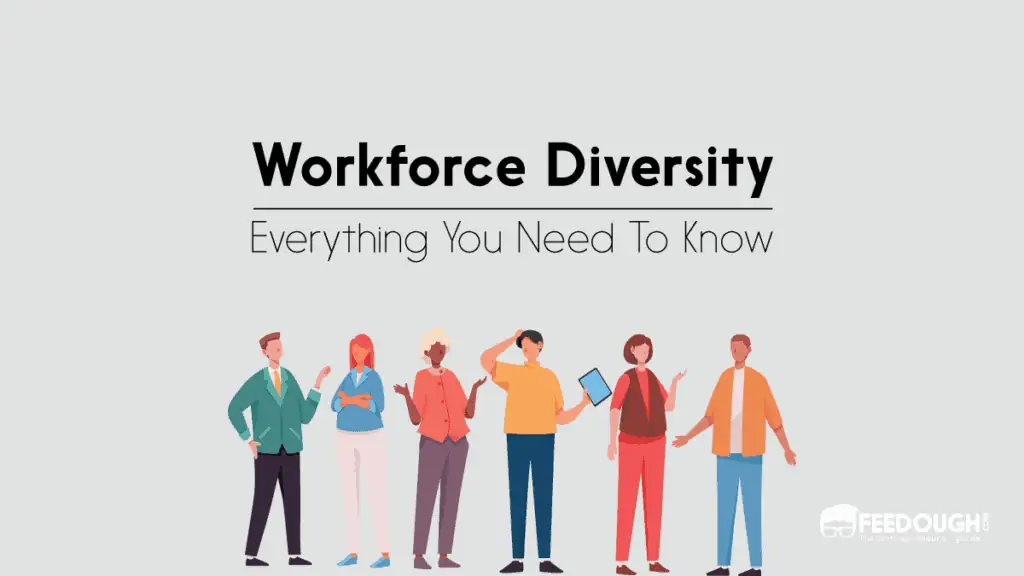In today’s fast-changing world, diversity is no longer just a buzzword—it’s a powerful force transforming U.S. workplaces. Companies are embracing people from different backgrounds, cultures, genders, and abilities, creating environments that are more inclusive and innovative. This shift isn’t just about doing the right thing; it’s about staying competitive, attracting talent, and meeting the needs of a diverse customer base. Let’s explore how diversity is reshaping workplaces across the United States, why it matters, and what it means for the future.

A More Diverse Workforce
The U.S. workforce is becoming more diverse than ever. According to recent studies, nearly 40% of American workers now identify as part of a racial or ethnic minority group, and this number is growing. Women are taking on leadership roles in record numbers, and companies are hiring more people with disabilities. This diversity reflects the changing demographics of the country, where no single group dominates the population anymore.
Why is this happening? For one, younger generations like Millennials and Gen Z value diversity and inclusion. They want to work for companies that reflect their values and welcome everyone. At the same time, businesses are realizing that diverse teams bring fresh ideas and perspectives. A team with people from different backgrounds can solve problems faster and come up with creative solutions that appeal to a wider audience.

The Business Case for Diversity
Diversity isn’t just good for employees—it’s good for business. Research shows that companies with diverse workforces often perform better financially. A 2020 study found that businesses with diverse leadership were 25% more likely to have above-average profits. Why? Because diverse teams understand their customers better. When employees come from different walks of life, they can connect with clients and consumers in ways that a less diverse team might miss.
Take the example of a tech company that designs apps. If the team is made up of people from similar backgrounds, they might overlook features that could appeal to users from other cultures or communities. But a diverse team can spot these opportunities, making the product more successful. This is why industries like tech, retail, and finance are investing heavily in diversity programs.

Creating Inclusive Workplaces
Diversity is only part of the story— inclusion is just as important. Hiring people from different backgrounds is a start, but companies need to make sure everyone feels valued and heard. This means creating a workplace where employees can be themselves without fear of judgment.
Many companies are taking steps to build inclusive cultures. Some offer training programs to help employees understand unconscious bias, which is when people unintentionally favor others who are like them. Others are setting up employee resource groups, where people with shared identities—like women, LGBTQ+ employees, or veterans—can connect and support each other. Flexible work policies, like remote work options or parental leave, also help make workplaces more welcoming to everyone.
For example, a large retail chain recently launched a program to hire more employees with disabilities. They provided training for managers on how to support these workers and made small changes, like adding accessible workstations. The result? Not only did the company attract talented employees, but it also earned praise from customers who appreciated its commitment to inclusion.
Challenges Along the Way
While diversity is reshaping workplaces for the better, it’s not always smooth sailing. Some companies face challenges when trying to create inclusive environments. For instance, employees from underrepresented groups might feel pressure to “fit in” or hide parts of their identity to succeed. Others might experience microaggressions—small, unintentional slights that can add up over time.
There’s also the risk of “diversity fatigue.” When companies focus too much on meeting diversity quotas without building a truly inclusive culture, employees can feel frustrated. It’s not enough to hire a diverse team; leaders need to listen to their employees and address their concerns.
Another challenge is resistance to change. Some workers or managers might feel uncomfortable with new diversity initiatives, especially if they don’t understand the benefits. This is where clear communication and education come in. Companies that explain why diversity matters—and show how it helps everyone—are more likely to succeed.
The Role of Leadership
Leaders play a big role in making diversity work. When executives and managers champion inclusion, it sets the tone for the entire company. This means not just talking about diversity but taking action—whether it’s setting clear diversity goals, holding leaders accountable, or investing in mentorship programs for underrepresented groups.
For example, a major financial firm recently committed to having 50% of its leadership roles filled by women and people of color by 2030. To make this happen, they created a pipeline program to train and promote diverse talent. Early results show that the company is on track, and employees report feeling more supported in their careers.
The Future of Work
As diversity continues to reshape U.S. workplaces, the future looks bright—but there’s still work to do. Companies will need to keep adapting to meet the needs of a changing workforce. This might mean offering more flexible policies, investing in new technologies to support remote work, or finding ways to attract talent from underrepresented communities.
Technology is also playing a role. Some companies are using artificial intelligence to remove bias from hiring processes, like screening resumes without names to focus on skills. Others are using data to track diversity metrics and make sure they’re meeting their goals.
At the same time, employees are holding companies accountable. Thanks to social media, workers can share their experiences—good or bad—with the world. This puts pressure on businesses to walk the talk when it comes to diversity and inclusion.
Why It Matters to You
Whether you’re an employee, a manager, or a customer, diversity in the workplace affects you. For employees, it means a chance to work in an environment where you’re valued for who you are. For managers, it’s an opportunity to build stronger, more innovative teams. And for customers, it means better products and services that reflect the world we live in.
The push for diversity is more than a trend—it’s a movement that’s here to stay. As U.S. workplaces become more inclusive, they’re not just changing the way we work; they’re shaping a better, more connected future for everyone.
Also Read:- 10 High-Paying Side Hustles for US Residents in 2025






